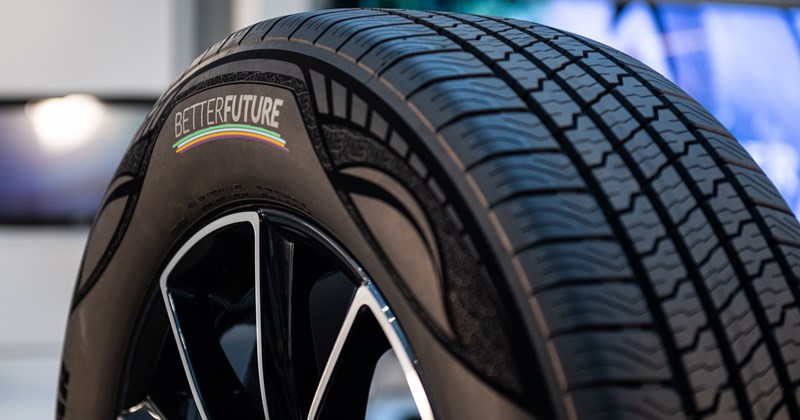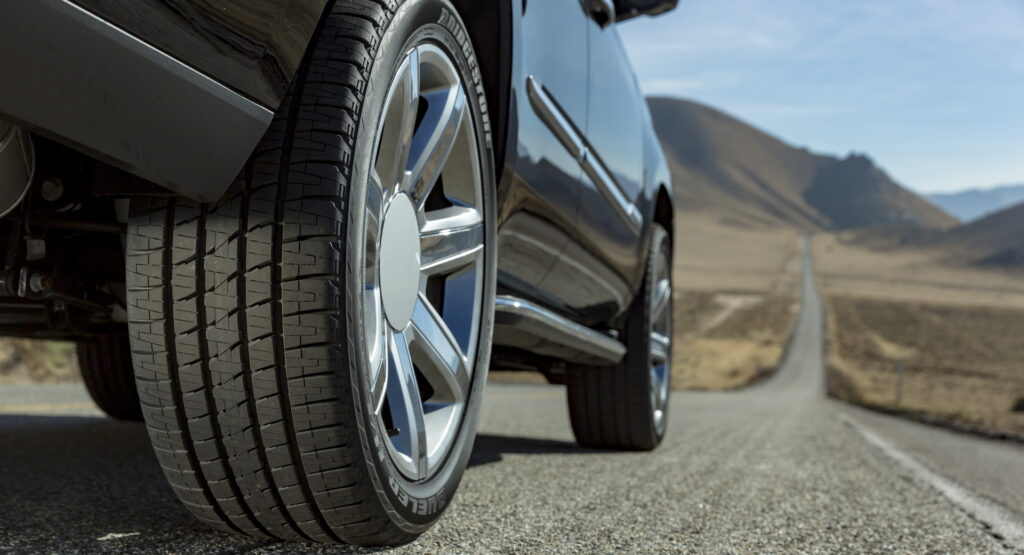Tires play an important role in determining the fuel efficiency of your vehicle. The size of your car’s tires, their weight and the type of tread that they have, & how well they are inflated, all have an impact on the fuel efficiency of your car.
A lot of factors affect your mileage, including driving in cold weather, your speed, the amount of air drag on your vehicle, how well your engine is tuned etc. However it has been calculated that 20% of a car’s fuel consumption is due to the tires.
Related: Importance Of Correct Tire Pressure
Tires change shape as they rotate, and the portion of the tire in contact with the road is deformed before it returns to its relaxed state. The energy required to deform a tire is greater than what’s needed to return it to its original shape: a phenomenon known as “hysteresis.” This energy is dissipated in the form of heat, and this heat plays a major role in rolling resistance.
The impact that rolling resistance has on your fuel efficiency can be quite high. This is caused by the amount of friction or resistance that your tires cause when contacting the road and, since larger, heavier and wider tires contact the road more than smaller, lighter and thinner tires, they create more friction and thus decrease your fuel economy.

Rolling resistance can be expressed with the rolling resistance coefficient (RRC), which is the value of the rolling resistance force divided by the wheel load. A lower coefficient means the tires will use less energy to travel a certain distance. Most new passenger tires have reported RRCs ranging from 0.007 to 0.014
Because fuel efficiency is an important selling point for most hybrid vehicles, they are often equipped with energy saving tires with low rolling resistance. Auto manufacturers typically equip new vehicles with tires that have lower rolling resistance than their average after-market replacements.
Related: Beginner’s Guide: How To Read A Tire Sidewall
Energy saving tires can have less tread life than comparable conventional tires, however the total cost of ownership for energy saving tires is about 8% less than the conventional tires when the fuel savings are taken into account. However, when making a tire buying decision, do keep in mind that there is always a trade-off between fuel economy and performance.

A computer animation professional with over 23 years of industry experience having served in leading organizations, TV channels & production facilities in Pakistan. An avid car enthusiast and petrolhead with an affection to deliver quality content to help shape opinions. Formerly written for PakWheels as well as major publications including Dawn. Founder of CarSpiritPK.com






